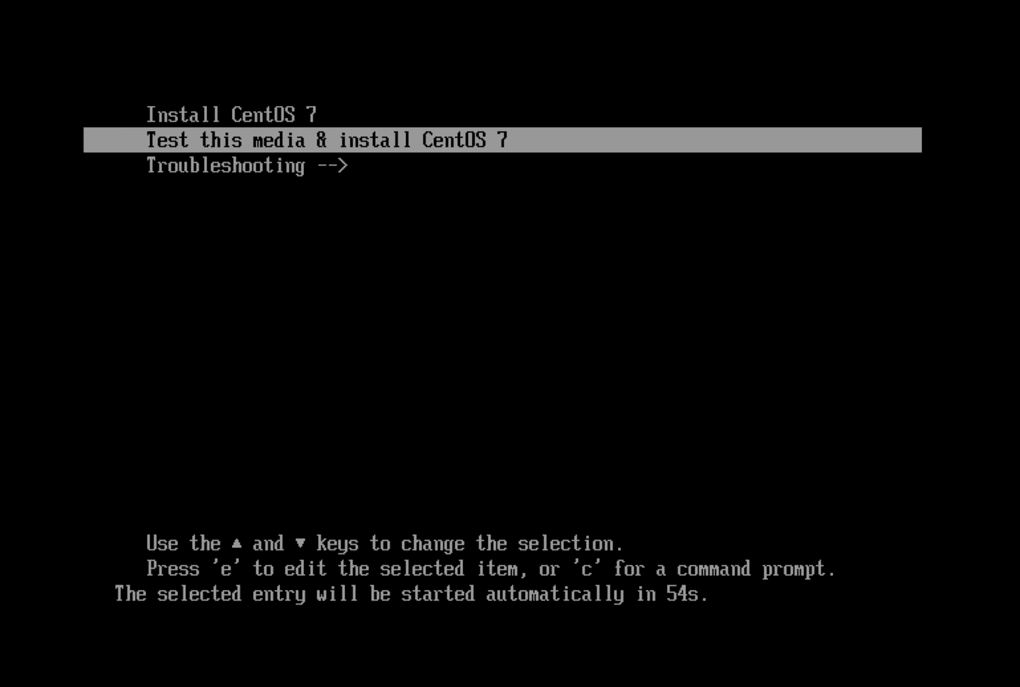
In order to create a bootable USB drive that can run Windows 10 or Windows 11, you need to enlist the aid of a third-party program. Then click the 64-bit Download button and save the ISO file to your hard drive. Choose the product language and click Confirm.


Head to the Download Windows 11 website and scroll to the section called Download Windows 11 Disk Image (ISO) for 圆4 devices.Ĭlick the Select Download drop-down menu and choose the Windows 11 (multi-edition ISO for 圆4 devices) option. To run Windows 11 from a USB drive, you need to obtain a Windows 11 ISO file and use it to install the operating system onto the drive. Click Save to make Windows generate the necessary ISO file. Choose a location on your drive to store the Windows ISO file. Though you ultimately want to run Windows from a USB drive, click the ISO file option and then click Next. You are then asked to choose what media you want to use.

Confirm that the language, architecture, and edition are all correct and click Next. Double-click the downloaded file to install the program.Īt the first screen, click the Access button, then select the Create installation media (USB flash drive, DVD, or ISO file) for another PC option and click Next. Click the Download Now button, and save the MediaCreationTool exe file to your PC. If you wish to run Windows 10, navigate to the Download Windows 10 website and scroll down to the Create Windows 10 installation media section. To run Windows from the USB drive, the first step is to sign into your current Windows computer and download the Windows ISO file that will be used to install the operating system onto the drive. Still, if you happen to be in a pinch, you can at least work with the OS and access apps this way. The major downside of booting from a USB drive is that Windows will run slower than it does off your internal drive. Once you're done, you will be able to boot up off the drive to launch Windows. These three tools will create a bootable drive from any version of the operating system and on any type of USB drive. However, you can turn to third-party utility programs like WinToUSB, Rufus, and Ventoy instead. However, the company stopped development on that program and no longer updates it. Microsoft once offered Windows to Go, which could generate a bootable Windows USB drive with Windows 10 Enterprise or Education.

You must then use a Windows USB utility to set up the drive with your new version of Windows.


 0 kommentar(er)
0 kommentar(er)
